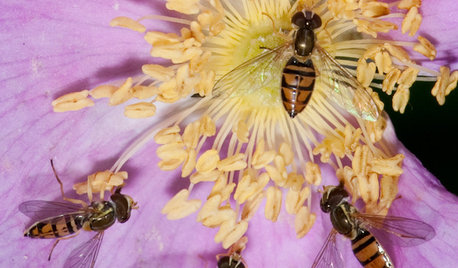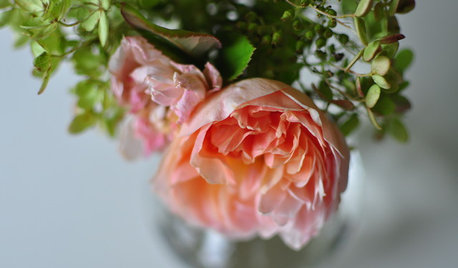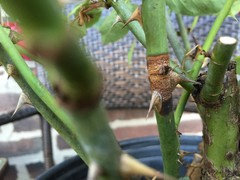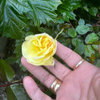Most of my rose stems are black.
David Moore zone 6a nw new jersey
11 years ago
Featured Answer
Comments (15)
michaelg
11 years agolast modified: 9 years agoRelated Professionals
Edmond Landscape Architects & Landscape Designers · Cary Landscape Architects & Landscape Designers · Kapaa Landscape Architects & Landscape Designers · Garden City Landscape Architects & Landscape Designers · Clermont Landscape Contractors · Battle Ground Landscape Contractors · El Reno Landscape Contractors · Emmaus Landscape Contractors · Firestone Landscape Contractors · Fort Payne Landscape Contractors · Kearny Landscape Contractors · Laguna Hills Landscape Contractors · Point Pleasant Landscape Contractors · Saint John Landscape Contractors · Suitland Landscape Contractorsmad_gallica (z5 Eastern NY)
11 years agolast modified: 9 years agomichaelg
11 years agolast modified: 9 years agorideauroselad OkanaganBC6a
11 years agolast modified: 9 years agoDavid Moore zone 6a nw new jersey
11 years agolast modified: 9 years agomad_gallica (z5 Eastern NY)
11 years agolast modified: 9 years agorideauroselad OkanaganBC6a
11 years agolast modified: 9 years agosusan4952
11 years agolast modified: 9 years agorideauroselad OkanaganBC6a
11 years agolast modified: 9 years agoseil zone 6b MI
11 years agolast modified: 9 years agosusan4952
11 years agolast modified: 9 years agoDavid Moore zone 6a nw new jersey
11 years agolast modified: 9 years agomichaelg
11 years agolast modified: 9 years agoBig Pink
8 years agolast modified: 8 years ago
Related Stories

GARDENING GUIDESSmall Carpenter Bees Are Looking for a Home in Your Plant Stems
Provide flowers and nesting sites in your garden for this beautiful, tiny, metallic blue wild bee — your plants will thank you
Full Story
GARDENING GUIDESThis Fly Is One of the Most Beneficial Insects Around
Meet the syrphid fly, a colorful pollinator that also beats chemicals for controlling aphids and other garden pests
Full Story
MOST POPULARThe 25 Most Popular Photos Added to Houzz in 2013
See the newly uploaded images of kitchens, bathrooms, bedrooms and more that Houzz users really fell for this year
Full Story
HOLIDAYSGuys, Where Do You Feel Most at Home?
For Father’s Day, we’d like to hear from the men. What part of your house makes you feel most like yourself — grounded and alive?
Full Story
BEDROOMSThe 20 Most Popular Bedrooms of 2015
Whether expansive and luxe or tight and cozy, Houzzers’ favorites are places where we’d fall asleep as soon as our heads hit the pillows
Full Story
KIDS’ SPACESPhotos of 2013: The Most Popular Kids’ Spaces
Built-in bunk beds, cool colors and other smart design elements offer ideas for kids’ bedrooms, nurseries and playrooms everywhere
Full Story
PLANTING IDEASGreat Garden Combo: Rose + Clematis for Small-Space Impact
We all need somebody to lean on. And when a rose supports a climbing vine, the results can totally transform a small garden
Full Story
ECLECTIC STYLEPhotos of 2013: The Most Popular Eclectic Spaces
They follow the heart instead of rules and mix genres with ease. Check out all the personality in these top eclectic designs
Full Story
GARDENING GUIDESRoses: Crowning Touch of Gardens
Whether you're the Miss or Mister America of gardening or take a hands-off approach, roses can be a winning addition to your landscape
Full StoryMore Discussions












rideauroselad OkanaganBC6a